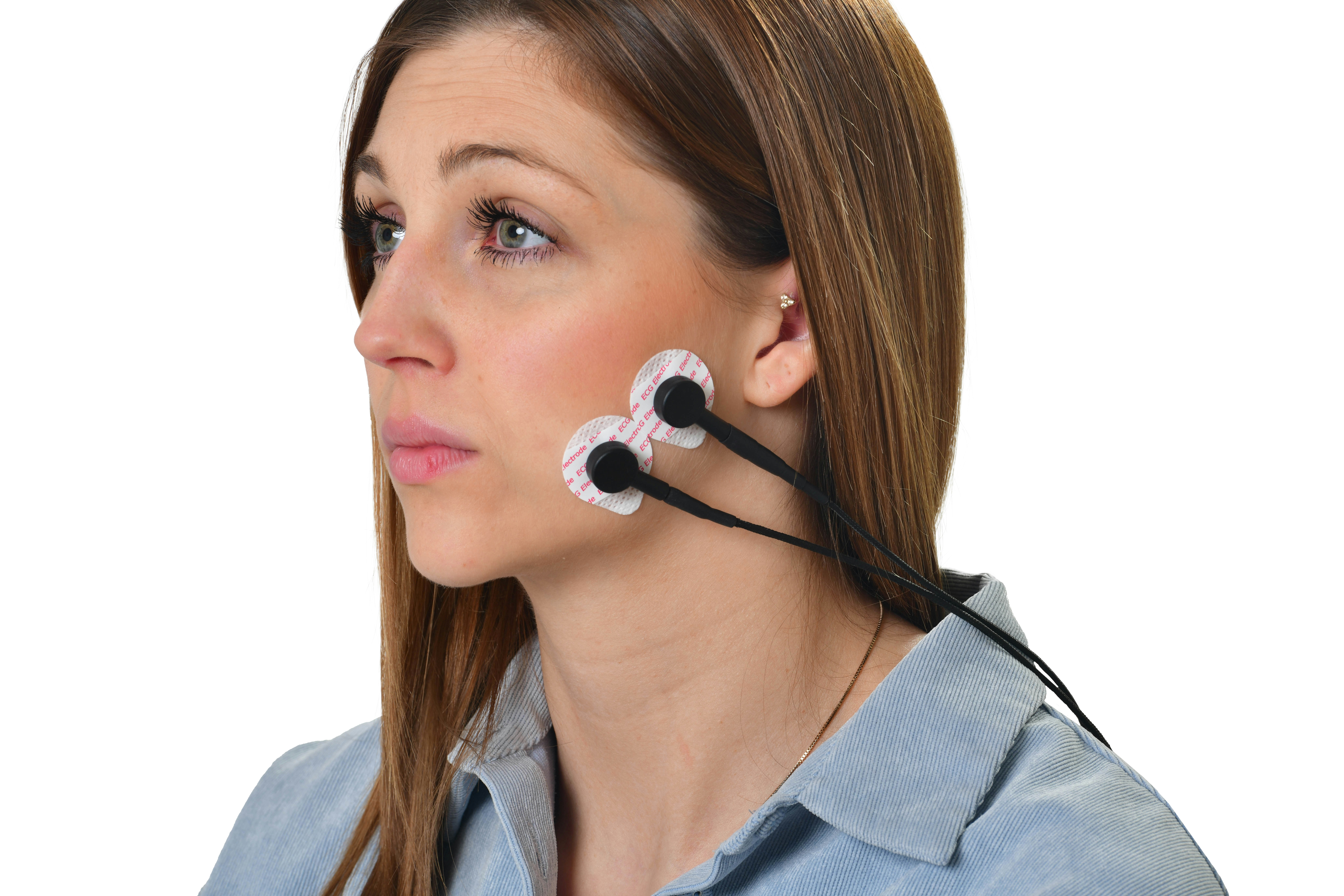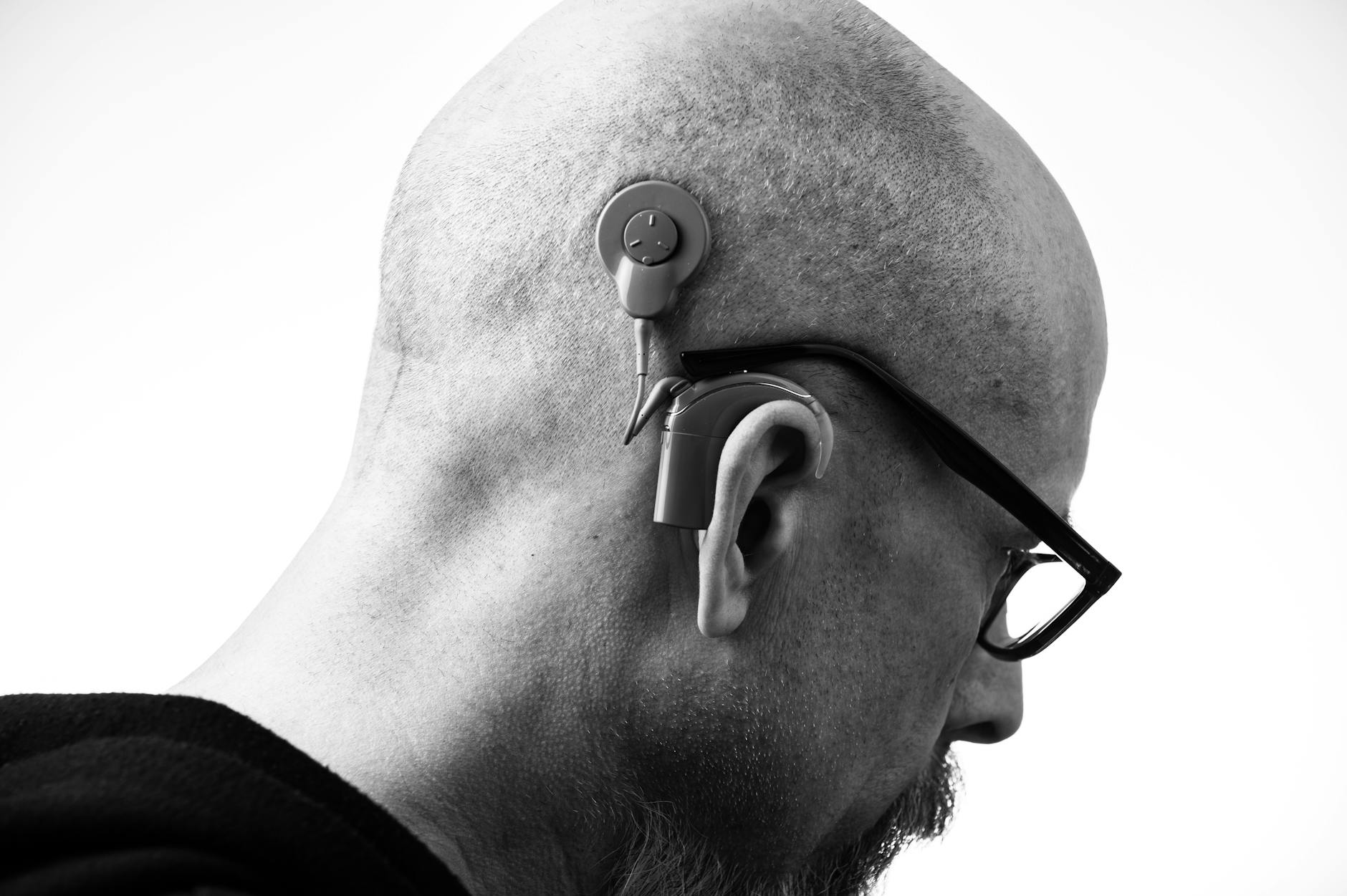When a mouth moves and the words arrive late, your brain works overtime to stitch reality back together. It’s exhausting—and totally fixable. This guide explains why lip‑sync goes wrong with hearing aids and the practical moves that make TV, video calls, and games feel instantly natural again.
Why things go out of sync (and why it’s worse with hearing aids)
Audio delay sneaks in from tiny pieces of time added at each step. On their own, these delays are harmless. Stack them up, and you get that “bad dub” feeling. Three culprits matter most:
1) Hearing aid processing delay
Modern hearing aids analyze sound, reduce noise, tame feedback, and shape amplification—usually in just a few milliseconds. Typical processing delays can range roughly 5–12 ms, and some specialized programs (like Music) can be even lower. That’s fast, but not zero.
2) Wireless transport delay
Streaming adds more time. Generic Bluetooth profiles used by TVs, computers, and phones can run well over 100 ms. Made for iPhone (MFi) and Android ASHA connections often sit in the ~100–200 ms ballpark. Manufacturer TV streamers and proprietary radio links are usually much faster than generic Bluetooth, often perceived as near‑instant.
3) Path mismatch (echo territory)
The biggest sync killer is when two different audio paths arrive at different times. Example: your TV speakers play sound instantly while your hearing aids get a delayed streamed version. Your brain hears both—and argues with itself. The fix: pick one path and stick to it.
What “acceptable” looks like to your brain
Most people start noticing a mismatch when sound lags the lips by roughly a tenth of a second or more. If audio leads the video by a few frames, that feels odd too. Bottom line: the closer you keep all paths within a few dozen milliseconds of each other, the more your brain relaxes.
Fast fixes by situation
TV and movies
- Use a dedicated TV streamer from your hearing aid brand. These boxes send low‑latency audio straight to your hearing aids and usually beat generic Bluetooth by a mile.
- Mute or turn off the TV’s built‑in speakers. One path only. If others in the room need sound, use the TV’s audio delay or a soundbar with “lip‑sync” control to align with your hearing aids.
- Pick the right audio format. Set the TV or receiver to PCM stereo for the streamer. Fancy codecs (Dolby/DTS) can add processing delay.
- Try the TV’s Game Mode. It reduces video processing so picture and sound stay tighter together.
- Prefer wired from TV to streamer. Optical (TOSLINK) or analog into your brand’s TV box tends to be simpler and more stable than Bluetooth from the TV.
- Ask your audiologist for a “TV” or “Media” program. They can optimize mic mix (how much room sound vs stream you hear) and sometimes reduce processing steps that add delay.
Video calls (Zoom, Teams, FaceTime)
- Avoid split paths. If your hearing aids are streaming the call, keep the laptop/phone speakers off to prevent echo.
- Use a manufacturer remote microphone for the far‑end voice. Clip a compatible remote mic near your laptop speaker or on a nearby tabletop aimed at the computer. Brand‑matched mics usually have very low latency and can sound cleaner than direct app streaming.
- Tune the app. In Zoom, try “Original sound on” and set background noise suppression to low to avoid choppy speech. Keep devices close to improve Bluetooth stability.
- Consider captions. Built‑in live captions on Zoom/Teams and OS‑level captioning reduce listening effort when sync isn’t perfect.
- If sync drives you nuts on calls, a quality wired USB headset is still king for low latency. You can alternate: headset for long meetings, hearing aids with captions for quick calls.
Gaming
- Use the brand’s TV/game streamer rather than Bluetooth. This keeps audio delay small and consistent.
- Turn on Game Mode on your TV/monitor to cut video processing.
- Route the console’s audio directly to the streamer/receiver (optical or HDMI‑ARC to an audio extractor feeding the streamer) to shorten the chain.
- Lean on visual cues and captions. Many games offer excellent subtitle and visual HUD cues to reduce reliance on timing‑critical audio.
Power moves for ultra‑low latency
- Remote microphones shine for speech. Brand‑compatible table mics, clip‑on mics, and networked classroom systems move the talker’s voice into your aids with very small delay. They won’t fix lip‑sync with video screens, but they’re brilliant for meetings, restaurants, and classrooms.
- Try the Music program for instruments. Music modes usually reduce certain processing steps (like heavy noise reduction), trimming delay and preserving timing. Great for live music and instruments; your audiologist can tailor it.
- Keep firmware and apps updated. Manufacturers quietly improve streaming stability and timing via updates. Install them.
- Avoid ad‑hoc phone mics like “Live Listen” for TV. Phone‑mediated live mic modes often add substantial latency—fine for lectures, not for lip‑reading on screens.
How to measure your own delay (quick and nerdy)
You don’t need lab gear—just a phone and a few minutes:
- Use a YouTube “lip‑sync test” or any clip with visible claps/snaps. Play it on your TV or laptop.
- First, listen through the TV speakers only and note the clap alignment.
- Then, switch to hearing aid streaming and mute the speakers. If lips and sound feel tighter, the stream is low latency.
- Finally, try both on at once (briefly). If you hear a distinct echo, those paths are far apart—go back to one path only and adjust the TV’s audio delay if needed for companions in the room.
- Bonus: record slow‑motion video of the screen while a friend films your reaction to claps. Extreme? Maybe. Useful? Definitely.
Troubleshooting checklist
- Are TV speakers still on while streaming to your hearing aids? Mute them.
- Is the TV sending Bluetooth directly to your aids? Switch to the maker’s TV streamer or wired path into that streamer.
- Does your TV/AVR offer an “Audio Delay” or “Lip Sync” slider? Nudge it until speech matches lips for the room speakers; keep your own stream consistent.
- Is the video processing heavy (motion smoothing, frame interpolation)? Turn it down or on Game Mode.
- Using surround formats? Try PCM stereo for the streamer input.
- On calls, are multiple devices connected to your aids at once? Disconnect extras to prevent switching and instability.
- Ask your audiologist to create separate TV/Call/Music programs and to reduce aggressive processing that may add delay if appropriate for your hearing profile.
What about LE Audio and “future tech”?
Bluetooth LE Audio and LC3 promise more efficient, potentially lower‑latency streaming and broadcast audio in public spaces. It’s rolling out unevenly, and real‑world delay depends on the entire chain (phone/TV, OS, hearing aids, settings). When your ecosystem supports it end‑to‑end, you may notice snappier sync—especially compared to older Bluetooth. Until then, brand TV streamers and remote mics remain the most reliable low‑latency tools.
When to involve an audiologist
If you’ve tried the steps above and still feel out of sync, loop in a pro. Audiologists can:
- Fine‑tune dedicated programs (TV, Music, Video Calls) to reduce delay, adjust mic mix, and improve clarity.
- Recommend the right TV streamer, remote mic, or loop system for your setup.
- Check for firmware updates and compatibility quirks with your phone, TV, or laptop.
- Coach you on quick program switching so you’re always in the right mode for the moment.
Small timing tweaks can feel life‑changing. Don’t muscle through frustration—ask for help and get your brain the smooth, natural timing it craves.
Quick recap: your low‑latency playbook
- One audio path only: if you stream to your hearing aids, mute the TV speakers.
- Use your hearing aid brand’s TV streamer for movies and games.
- For calls, consider a brand remote mic near your device—or use a wired headset for mission‑critical meetings.
- Turn on TV Game Mode and set audio to PCM for cleaner timing.
- Get a dedicated Music or TV program from your audiologist.
- Keep devices updated; revisit settings after major updates.
Your ears and eyes want to dance together. With the right setup, they will.
Further Reading
- Auracast Is Coming: How Bluetooth LE Audio Will Transform Hearing in Public Places (Technology) - See the Words: Real‑Time Captions Are a Hearing Superpower (Technology) - Your Phone, a Super Mic: Cleaner Conversations with Remote Microphone Mode (Technology) - AI in Hearing Aids: Myth, Reality, and How to Get Better Speech-in-Noise (Technology)Frequently Asked Questions
Is there a hearing aid brand with zero latency?
No system is truly zero‑latency, but some setups feel instant. Manufacturer TV streamers and brand‑matched remote microphones are usually far faster than generic Bluetooth. Ask your audiologist which accessories pair best with your specific model.
Why does TV feel okay but Zoom calls don’t?
TV with a dedicated streamer is usually a clean, single path with predictable timing. Video calls add app processing, device switching, and sometimes multiple audio paths (laptop speakers plus streamed audio). Stick to one path, simplify settings, and consider a brand remote mic or a wired headset for long calls.
Can I game with hearing aids without noticeable delay?
Yes, if you keep the chain tight. Use your brand’s TV/game streamer, turn on your TV’s Game Mode, and avoid generic Bluetooth from the console or TV. Some fast‑paced competitive gaming may still feel better with a wired headset; you can switch depending on the session.
Will captions fix lip‑sync problems?
Captions don’t remove delay, but they reduce the brain strain of mismatch and make speech easier to follow. Use them alongside low‑latency streaming and proper TV settings for the most relaxed experience.


